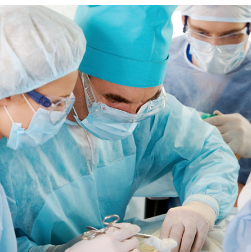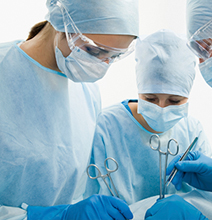Breast reconstruction

A woman doing a mastectomy – or other less conservative surgeries - has to decide if she wants breast reconstruction, and what kind of reconstruction.
This is an operation used not to treat the cancer, but to create a breast-like structure to replace the removed breast.
This can be done at the same time of the mastectomy, or later on a second operation, even after the end of the cancer treatments). In the latter case is called deferred breast reconstruction.
Many women feel that to have the reconstruction straightway reduces the trauma of losing the breast. An immediate reconstruction also eliminates the need for further hospitalization and anesthesia. Before making any decision on reconstruction, it is important to discuss the procedure with your plastic surgeon before the mastectomy.
You need to understand the benefits and limitations of each option. A decision before the operation, even if the reconstruction is to be done later, has advantages. For example it can help the surgeon deciding what is the best way to cut the breast.
TAKE YOUR TIME DECIDING
There are many types of reconstructive surgery, some using sterile salt water (saline) or silicone implants, others using muscle and tissues from other parts of the body.
If, after reconstruction, the two breasts are uneven, the healthy breast can be operated – increased, reduced or lifted - to correct the problem. This procedure is called oncoplastic surgery. The final step is to reconstruct the aeromamilar complex (areola and nipple), which can also be tattooed in a color similar to that of the other nipple.
If you do not want, or cannot have a reconstruction, there are external breast prostheses. These are fitted to each woman, and can be adjusted with especial bras and swimming suits.
Although radiotherapy can sometimes damage the skin, making reconstruction more challenging, plastic surgeons have a great amount of experience operating on cancer patients.



